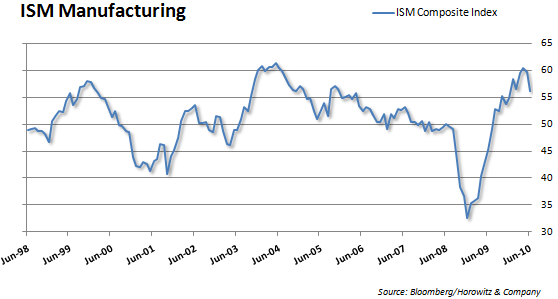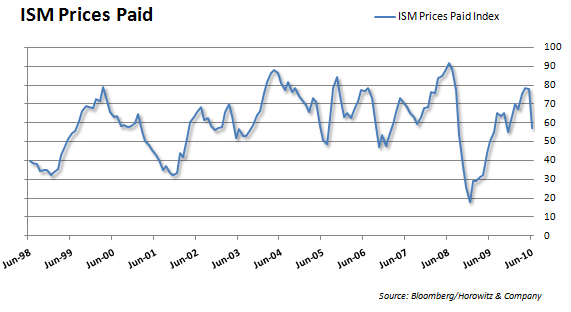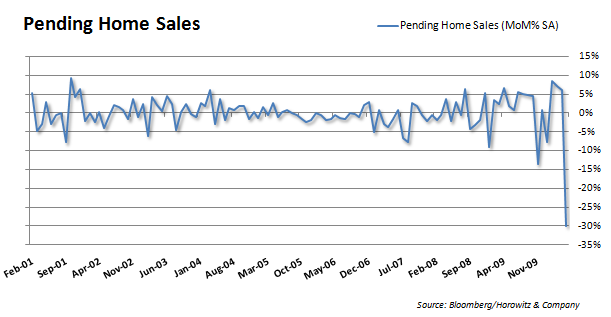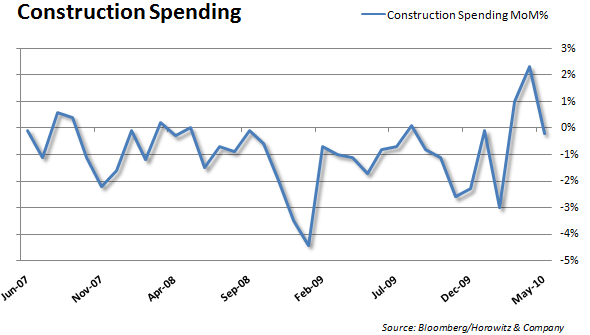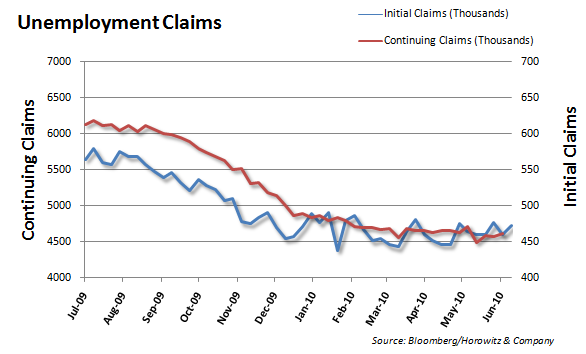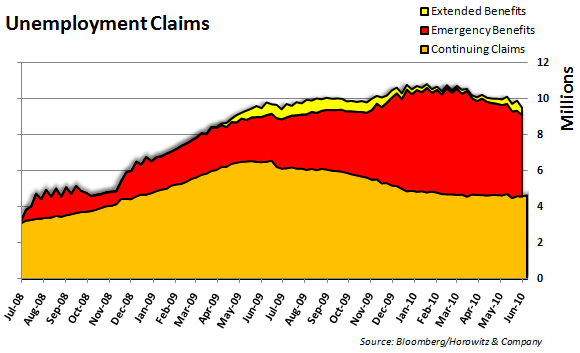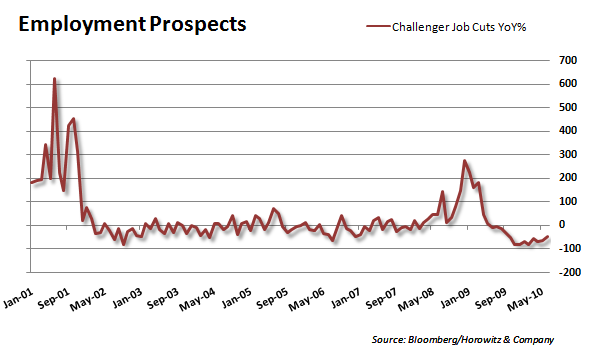 Let’s get right down to the business of looking at what happened in the world of economics today, shall we? Of course it is not a pretty sight that we are seeing as virtually all of the indicators came back looking worse than expected and some were down right ugly.
Let’s get right down to the business of looking at what happened in the world of economics today, shall we? Of course it is not a pretty sight that we are seeing as virtually all of the indicators came back looking worse than expected and some were down right ugly.
So, the ISM Manufacturing came in soft. That was less than expected and the hook down over the last two months is not helping to support the idea that we are still in a strong inventory restocking cycle. Even though some areas are still moving strongly, the overall ISM is starting to show some strain.
Some of the this is surely due to the fears emanating out of Europe and the tight inventory controls companies now have to live with. From what we have seen and heard, retailers are not going to overstock on inventory after the near death experience they saw last year.
- June ISM Index 56.2 vs 59.0 consensus, May 59.7
Prices paid were also showing a deflationary move. Just yesterday, the Fed’s Lockhart was talking about the problems we face and specifically pointed out the risks of deflation. Here is some of the proof.
Pending home sales dropped off of a cliff after the tax credit ran out. It is as simple as that.
- May Pending Home Sales M/M -30.0% vs -10.5% consensus
It is no surprise that constructio0n spending is weak, considering the pending, new and existing home sales numbers that we have seen. Also, in the most recent retail sales report, the main component that pulled down the headline to -1.2 was a drop of almost 10% in sales of building and construction materials.
Even so, the spending number today was BETTER than expected. So, chalk one up for the growth side.
- May Construction Spending -0.2% vs -0.9% consensus, prior revised to+2.3% from +2.7%
From Briefing.com
Total construction expenditures outperformed the Briefing.com consensus as actual spending declined 0.2% in May compared to an expected drop of 0.9%.
The fall would have been slightly worse if not for a 0.4% pickup in public construction. Private construction expenditures fell 0.5%.
The private residential construction data were at odds with the housing starts and retail sales releases. We anticipated that the weakness in housing starts coupled with the drop in building material purchases would drive residential construction down at least 1.0%. This did not happen as spending only fell 0.5%. Unfortunately, the data do not provide any details on why residential construction only declined by 0.5% and we anticipate negative revisions in the coming months.
Private nonresidential construction fell 0.6% and gave back a majority of its April gains. The drop revealed further weakening in the nonresidential core of lodging, office, and commercial construction. Manufacturing construction is on a two-month skid, but unexpected strength in power demand has more than offset the losses.
The trend continues to show that there is no hiring going on that provides for a recovery in the jobs market. It is high time that we tell the Obama administration (and the Vice President who seems to believe that we are going to see a 500,000 NFP print very shortly. It is obvious that he either cannot add or is totally out of touch with reality)
The continuing claims numbers are going to see a sharp spike as the recent extension of benefits was not approved (yet) for approximately 900,000 people. The sheer political fallout will wear them down and we are sure that the spend, spend, tax, spend Congress will eventually cave and reinstate emergency benefits….
The Challenger Jobs cuts number was a bit better as there is a consistent theme that has shown up indicating that cuts are on the way down.
From Briefing.com:
- As expected, the initial claims level remained at a heightened state and shows no signs of relief. It increased from 459,000 for the week ending June 19 to 472,000 for the week ending June 26. The Briefing.com consensus expected the level to decline by 1,000.
- The continuing claims level increased from 4.573 mln for the week ending June 12 to 4.616 mln for the week ending June 19. The rise in claims reflects a combination of the heightened initial claims level and the weakness in hiring.
- The data clearly show that the U.S. is in the midst of a long labor recovery that will not turn into the V-shaped recovery that the market has been hoping for.


